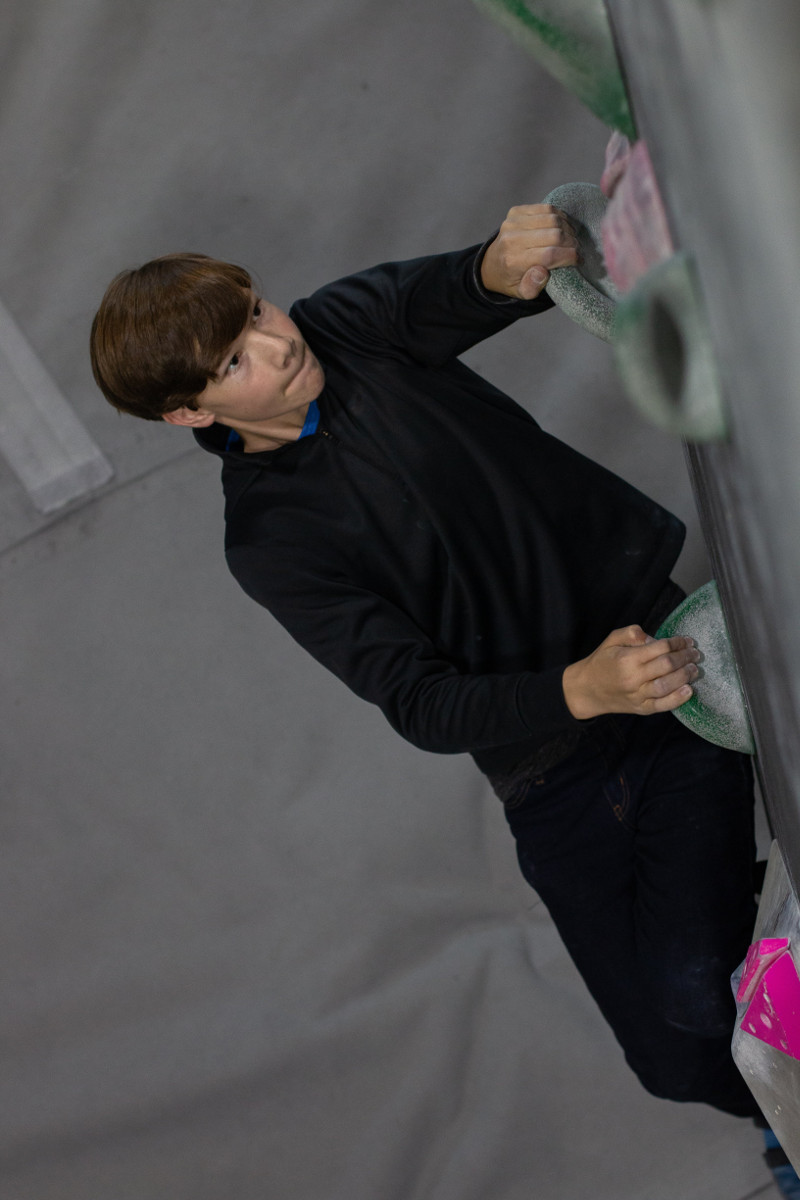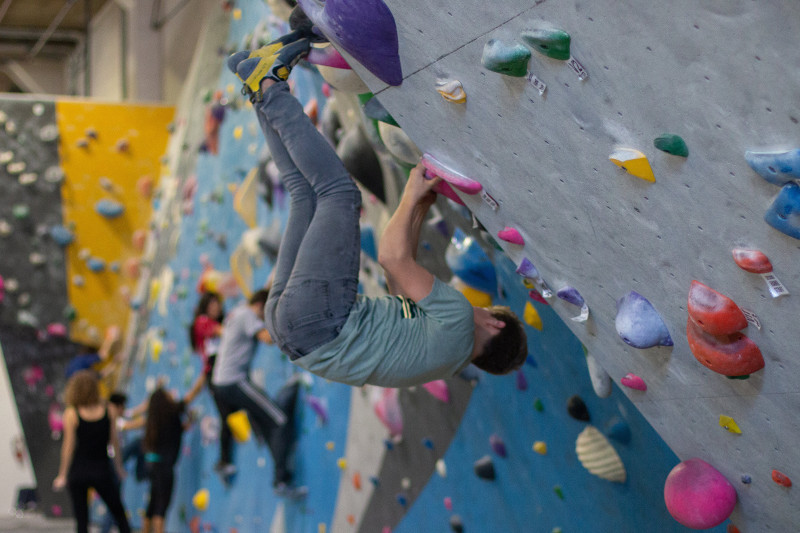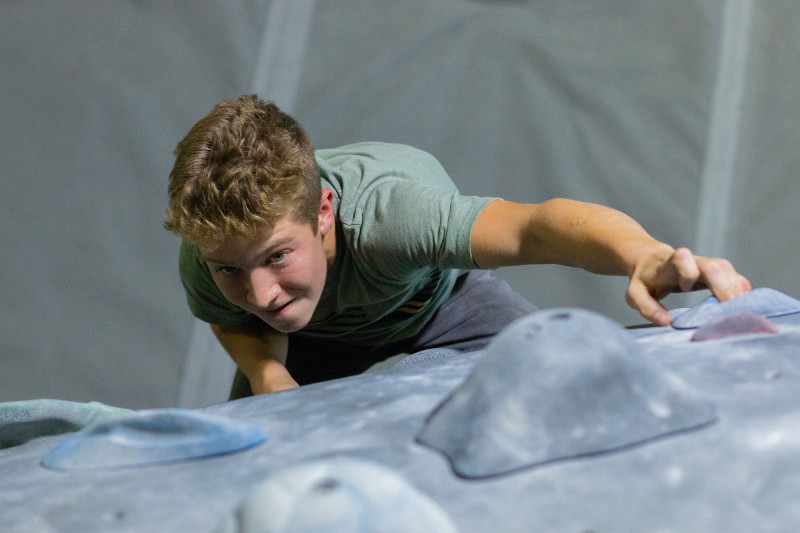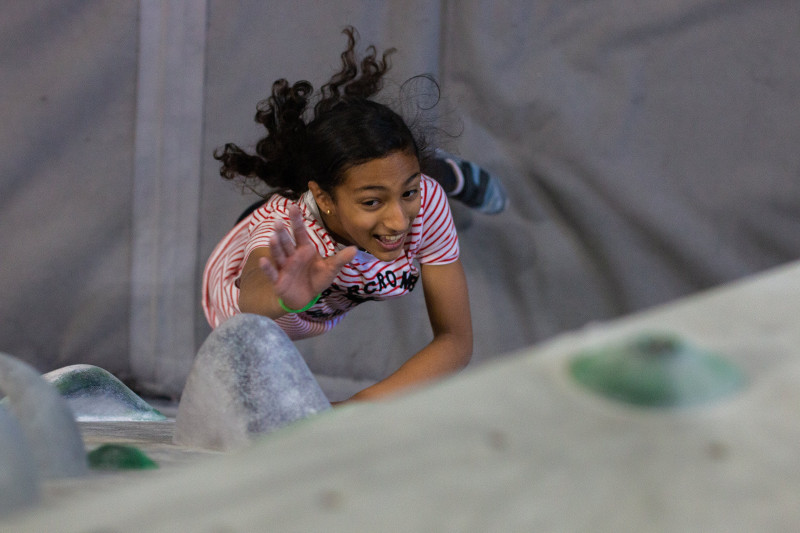The Bay Area is well-known for innovation, and its approach to schools is no different. Millennium School in San Francisco is a middle school focused on experiential, integrated learning. Social equity is an important part of their ethos so they partner with SMART, a San Francisco non-profit, to close the achievement gap and offer participating students access to an academically rigorous school with scholarships and other support. The students love trying new things and are encouraged to explore as part of their curriculum. We chatted with Colleen Erickson, a Math Guide at Millennium School and a longtime rock climber, to learn more about the organization and why their visit to Dogpatch Boulders was so enriching. Photos by Mark Patana.

Tell us a bit about Millennium School. What makes it different from other schools in the area? How did you get involved?
Millennium School is an innovation lab focused on an educational program influenced by both neuroscience and developmental psychology. We combine academics with self-discovery and real-world applications through a project-based curriculum. I got involved at Millennium after a career of teaching mathematics in the high school and seeing how unprepared students with a traditional background in math tend to fare at higher levels. I was excited to find a school that adopts such a progressive approach to learning.
How did you hear about Dogpatch Boulders and what inspired you to reach out and bring your kids here?
I’ve been climbing for over 20 years and am familiar with the Touchstone Climbing gym community. This week at Millennium, the 8th grade is taking a week off from their standard curriculum to learn about somatics and how different physical activities, sleep, and food can affect how they feel in their bodies. I immediately thought of climbing since it’s such an amazing mix of mind and body, and much of our curriculum is centered around teaching mindfulness.

What is it about climbing that makes it an enriching part of your curriculum?
To me, climbing is a challenge that is not only physical but mental. It’s a combination of full body engagement (requiring strength, balance, and flexibility) with mental focus and full presence in each moment. You not only have to think creatively through problems, but you have to manage your fears in order to allow your body to execute the movements required. In fact, I recently learned that Stanford is offering a course on neuroscience using climbing as a lens! It just seemed to perfectly align with what the 8th graders would be learning about this week. Plus? It’s super fun!
What did your kids learn by climbing? Did they come away with anything surprising?
The students had an incredible time and were worn out afterwards! They learned how challenging climbing can be, especially if you’re not used to using your hands/arms as much. Many of the students complained about sore hands and forearms on the way home! And I heard a lot of, “I just can’t hold on anymore!” near the end of our visit. The students also watched the film Free Solo this week, and after their visit to the gym, gained more of an appreciation for the film and what Alex Honnold actually accomplished.

From the students:
“From climbing, I learned that you need to have more skills about what to do next than you need arm strength.”
“I learned that along with strength, you have to have the mentality that there’s always a way up.”
“I was surprised at how hard some of the ‘easy ones’ were!”
“I learned that I’m better than I thought I would be!”
“I was surprised that I could actually climb!”


